Leg Pain Treatment at Home: 10 Natural Remedies for Relief
Experiencing leg pains is dreadful and can cause your quality of life to suffer.
Leg pain is not the soreness you feel from exercising. It is important to know that so-called “good pain” like muscle soreness from a workout is quite different from serious pain like joint soreness, heavy or swollen legs, “pins and needles” sensations, and inflammation-related pain. Not all types of lower limb discomfort are linked to a medical condition, and there are various home remedies for leg pain that could decrease your pain. Below we have summarized 10 natural remedies for leg pain that you can do at home.
10 Leg Pain Treatments You Can Do at Home
Most often, leg pain comes from overuse. Sometimes, however, leg pain can be caused by travelling, being immobile for long periods of time, or poor peripheral circulation. In severe cases, leg pain may be an indicator of more severe diseases like peripheral artery disease, according to a 2023 medical report. Be sure to consult your medical provider if you are uncertain about the causes of your leg pain. The following remedies address various sources of leg pain to help you feel better.
1. Try Compression Therapy to Increase Blood Flow
Compression socks and stockings are simple at-home tools for leg pain. Using compression garments, like socks or stockings, is a great first step to decrease leg pain at home. If you experience leg edema (fluid buildup in the lower legs), scientific studies have found that compression socks and stockings can significantly reduce leg pain.
A clinical trial found that compression stockings increase blood flow in the legs, which may reduce pain and prevent the risk of leg edema or deep vein thrombosis. Wearing graduated compression socks improves blood flow in the lower limbs, pushing blood up towards the heart and preventing it from pooling around the ankles. This gives you two more benefits. It lowers the risk of swelling (edema), which keeps you feeling more energized. Also, it improves muscle recovery of the legs after exercise, likely through improved blood flow to and from the legs, which reduces pain and inflammation.
For more severe blood flow problems in the lower legs, discuss your options with a physician. One possibility is to look to invest in pneumatic compression devices. You will generally need to go to a clinic to use these.
Discover everyday wear compression socks for leg pain.

2. Give Yourself a Leg Massage Before Bed
Leg massages are another simple at-home remedy for leg pain, and it’s easy to learn what you need to do. According to one study, a gentle massage before bed may boost peripheral blood flow, help you relax, and soothe aching muscles.
Techniques for leg self-massage include:
- Squeezing and kneading motions - start slowly and gently squeezing your lower legs, work on your calf muscles and the thighs to release built-up tension and muscle tightness
- Chopping or percussion motions - again, listen to your body and go easy at the start, applying these to the front of the thighs
- Stroking motions - relaxing and blood flow boosting
- Foam rolling - follow the basics per the Mayo Clinic guide
- Perform Gentle Stretching Exercises Regularly
Regular stretching can help you avoid strains, sprains, and cramps in the legs. Perform a few gentle stretches in between long bouts of sitting down at the office or when you’re on a long flight. This can help prevent your legs from swelling or becoming painful from fluid and blood pooling in your lower legs.
Additionally, people who practice sports and physical activity should include a stretching regime into their workouts. Many athletes prefer to stretch separately from their run or bike ride, spending 15-20 minutes in the evening helping their muscles relax in this way. A stretching routine can help you sleep better and prevent cramps and soreness.
4. Relax with Hydrotherapy
Hydrotherapy, also known as water therapy or aquatic therapy, is one of the oldest naturopathic treatments in the world. It is as simple as taking a hot bath to relax at home. One scientific review said that bathing in warm or hot water can improve blood flow, reduce pain, and increase your range of motion. It might even be good for reducing inflammation.
So, just draw a bath, put on relaxing music, dim the lights, add an essential oil, and just relax!
Keep peripheral blood flow working well thanks to compression socks.

5. Fight Inflammation with Hot and Cold Therapy
Hot and cold therapy can be used for different sources of leg pain, even when treating pain at home. You just learned that hot baths could increase leg blood flow, which is great when you have sore muscles or stiff joints. Cold water, on the other hand, helps reduce inflammation and can reduce pain.
In addition to baths, you can use hot therapy by applying a heat pack on the affected area. You can also use a sauna at your local gym or health center.
For cold therapy, the easiest home remedy is a pack of ice or frozen gel which you can apply directly to an injury such as an ankle sprain. Cooling sprays may also provide local relief from pain, but these are likely only to provide temporary relief.
6. The Importance of Rest and Elevation
If you’re injured, the first step is to rest and elevate the affected limb to reduce the risk of more swelling and inflammation. According to the RICE method (Rest, Ice, Compress, and Elevate), you should stop activity as soon as something is wrong, resting for at least a few days.
Ice and compression are the next two key elements for recovery, followed by elevation. Recent research suggests that the best way to relive leg pain from an injury is to compress and elevate.
7. Walk Daily to Improve Circulation
Regular movement improves circulation and keeps you healthier. Through moderate exercise, you improve your heart and muscle health. Walking is an excellent option for this because it has a lower impact on your body than other types of exercise, while stimulating your cardiovascular system.
It’s important to know, however, that some people can struggle with edema after walking, as this study suggests. But that research found only a 1.4% increase in fluid and did not discuss the long-term benefits of walking on reducing leg pain and discomfort. A different study found that wearing compression socks can reduce leg pain and edema throughout the day and while you walk. You should consider your overall health and personal circumstance when walking for fitness (discussing this with a doctor if you are prone to edema).
Finally, any type of exercise can increase muscle soreness, so you could have some leg pain after walking. It’s important to make the distinction between these feelings. If in doubt, consult with a medical professional.
Walk in comfort with merino wool socks.

8. Stay Hydrated to Prevent Muscle Cramps
One of the top reasons for cramping, especially at night, is dehydration and mineral depletion, at least anecdotally. Research has not found a clear answer, but many people benefit from staying well hydrated and even supplementing with electrolytes before, during, and after physical effort.
Hydrating with specific sports drinks to ensure you have enough minerals can be a good solution. Additionally, better hydration levels also improve overall circulation, which means that you’re less likely to suffer from fluid build-up and blood pooling in the lower legs.
9. Consider Essential Oils for Leg Pain at Night
People who suffer from inflammation might find pain relief from essential oils, according to some studies. There is generally no risk in adding essential oils to your pain management plan, but it’s worth noting that there are no conclusive pieces of research to suggest you can find pain relief from just using essential oils.
Lavender essential oil is known for its soothing properties, helping you fall asleep and relax more easily. A 2015 study also found it to relieve pain and work as an anti-inflammatory when applied locally to the skin in animals.
Finally, wintergreen and peppermint oil create the same cooling, tingly sensation as some well-known pain relief ointments. A 2021 study on animals also found eucalyptus oil might reduce inflammation or even provide some pain relief (but it’s not been formally tested on humans yet!).
10. Investigate Natural Dietary Supplements
When it comes to leg pain, some dietary supplements or being mindful of including certain foods in your diet could be helpful. But, before relying on any of these, we strongly recommend that you consult with a medical professional.
Turmeric is a known anti-inflammatory from the ginger family. It forms part of South Asian spice mixes, and you’ll often have some in Indian curries. As a supplement, it needs to be taken with fatty oils and black pepper to activate the turmeric (most capsules contain this mix). Another anti-inflammatory ingredient is cherry juice, which contains anthocyanin. You can also get this from other red fruits and vegetables, but people take supplements specifically with cherry juice extract (although it is not recommended if you have diabetes).
Omega-3 fatty acids have been found by scientific studies to help decrease joint swelling and discomfort for patients suffering from rheumatoid arthritis. You can get Omega fatty acids from foods such as tuna, sardines, or salmon, as well as walnuts, flaxseed, and tofu.
Finally, some people find CBD (cannabidiol) oil to help the body feel less pain, thanks to its effects on the central nervous system (but be careful, the FDA has not approved over-the-counter CBD products for pain and research is not conclusive. Exercise caution and speak to your doctor first).
Common Causes of Leg Pain
So, what causes leg pain, stiffness, discomfort, and swelling? The most common causes include:
- Muscle soreness after exercise - this is “good pain” up to a point and can be managed through stretching, hot and cold therapy, compression, and massage
- Circulatory problems - conditions like varicose veins or deep vein thrombosis cause your legs to hurt and feel heavy
- Injuries - particularly calf sprains and strains, shin splints, Achilles tendonitis, ankle twists, or stress fractures
- Cramping caused by dehydration
- Medical conditions like peripheral artery disease or nerve damage in the lower limbs, sciatica, arthritis
When to See Your Doctor
For any pain or discomfort that is unusual and/or persists for several days, we recommend you visit a doctor to see if you need to run any tests. You should also see a doctor at once in the following scenarios:
- Your skin becomes discolored
- Your leg swells up significantly and is tender to touch
- You lose feeling in your leg
- Your leg becomes pale and/or very cold
- Pain becomes worse
References
Zemaitis, M. R., Boll, J. M., & Dreyer, M. A. (2023). Peripheral Arterial Disease. In StatPearls. StatPearls Publishing. Read it here.
Olsen, J. H. H., Öberg, S., & Rosenberg, J. (2019). The effect of compression stocking on leg edema and discomfort during a 3-hour flight: A randomized controlled trial. European journal of internal medicine, 62, 54–57. Read it here.
Stanek J. M. (2017). The Effectiveness of Compression Socks for Athletic Performance and Recovery. Journal of sport rehabilitation, 26(1), 109–114. Read it here.
Mori, H., Ohsawa, H., Tanaka, T. H., Taniwaki, E., Leisman, G., & Nishijo, K. (2004). Effect of massage on blood flow and muscle fatigue following isometric lumbar exercise. Medical science monitor: international medical journal of experimental and clinical research, 10(5), CR173–CR178. Read it here.
Mooventhan, A., & Nivethitha, L. (2014). Scientific evidence-based effects of hydrotherapy on various systems of the body. North American journal of medical sciences, 6(5), 199–209. Read it here.
McWhorter J. W. (2008). The effects of loaded versus unloaded activities on foot volumetrics in older healthy adults. North American journal of sports physical therapy: NAJSPT, 3(1), 34–40. Read it here.
Carvalho, C. A., Lopes Pinto, R., Guerreiro Godoy, M.deF., & Pereira de Godoy, J. M. (2015). Reduction of Pain and Edema of the Legs by Walking Wearing Elastic Stockings. International journal of vascular medicine, 2015, 648074. Read it here.
Silva GL, Luft C, Lunardelli A, Amaral RH, Melo DA, Donadio MV, Nunes FB, de Azambuja MS, Santana JC, Moraes CM, Mello RO, Cassel E, Pereira MA, & de Oliveira JR. Antioxidant, analgesic and anti-inflammatory effects of lavender essential oil. An Acad Bras Cienc. 2015 Aug;87(2 Suppl):1397-408. Read it here.
Mondal, M., Quiuspe, C., Sarkar, S., Bepari, T.C., Alam, J., Saha, S., Ray, P., Rahim, M.A., Islam, M.T., Setzer, W.N., Salehi, B., Ahmadi, M., Abdalla, M., Sharifi-Rad, J., and Kundu, S.K. (2021). Analgesic and Anti-Inflammatory Potential of Essential Oil of Eucalyptus camaldulensis Leaf: In Vivo and in Silico Studies. Natural Product Communications. Read it here.
Kostoglou-Athanassiou, I., Athanassiou, L., & Athanassiou, P. (2020). The Effect of Omega-3 Fatty Acids on Rheumatoid Arthritis. Mediterranean journal of rheumatology, 31(2), 190–194. Read it here.
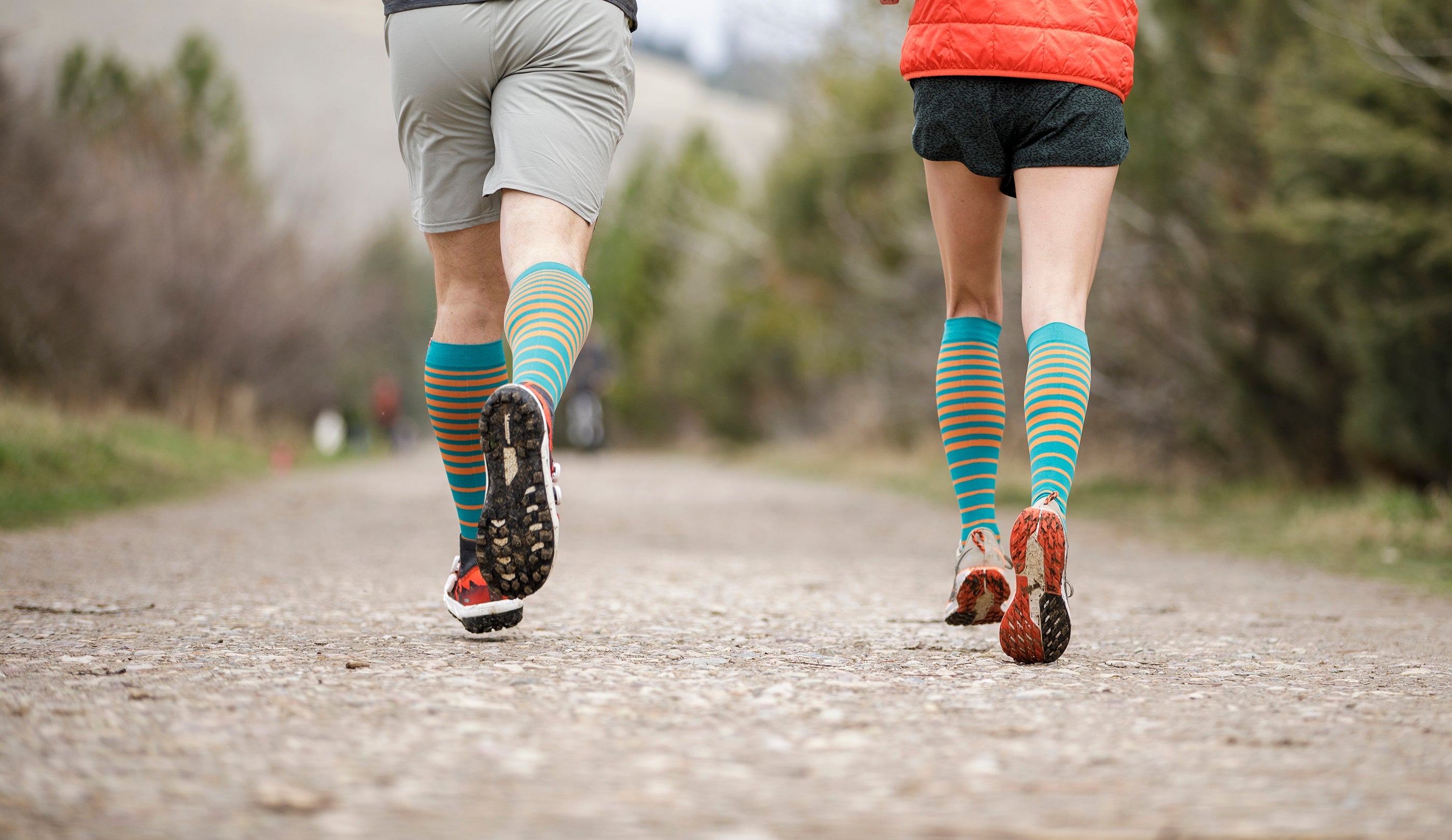
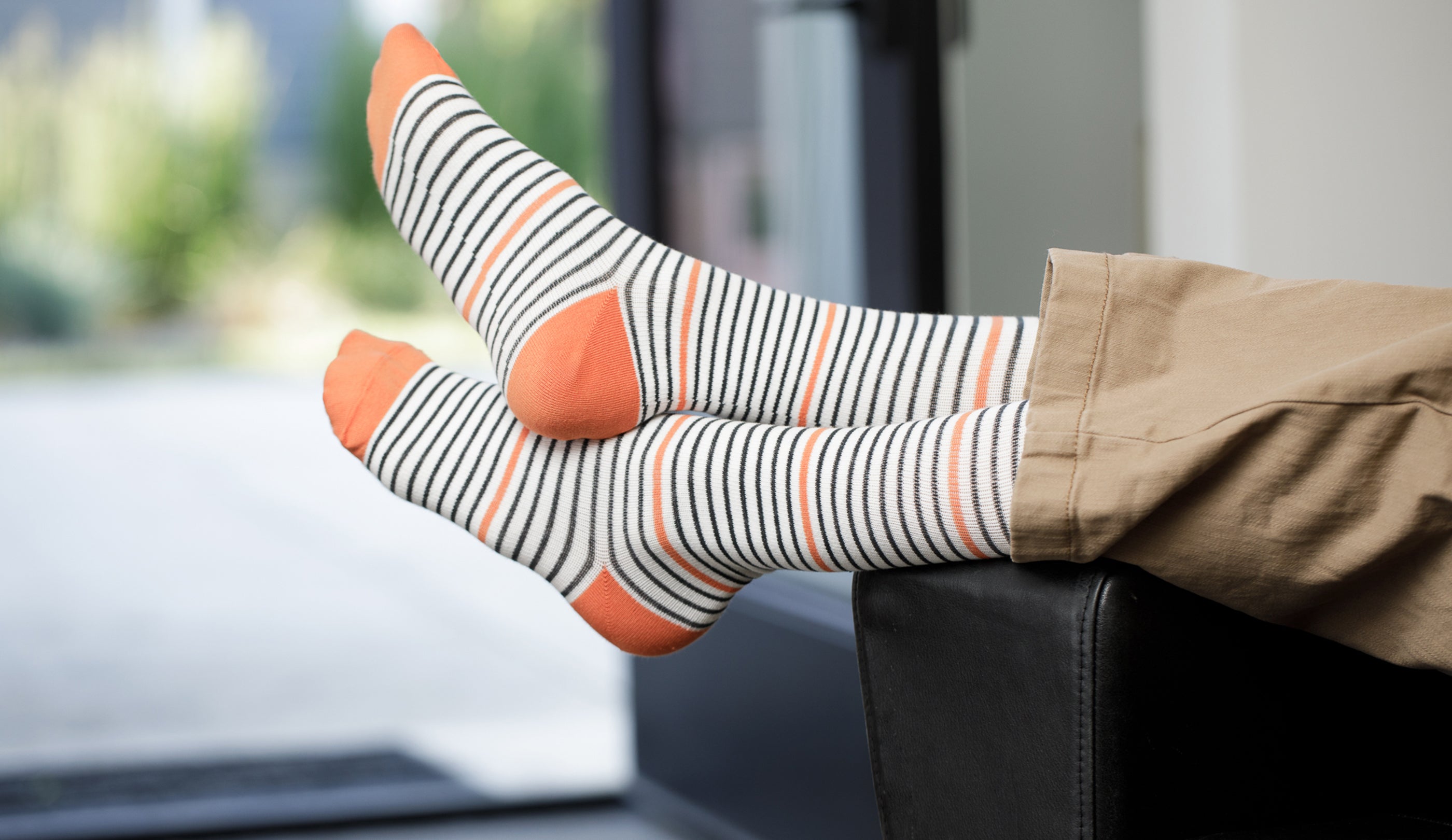
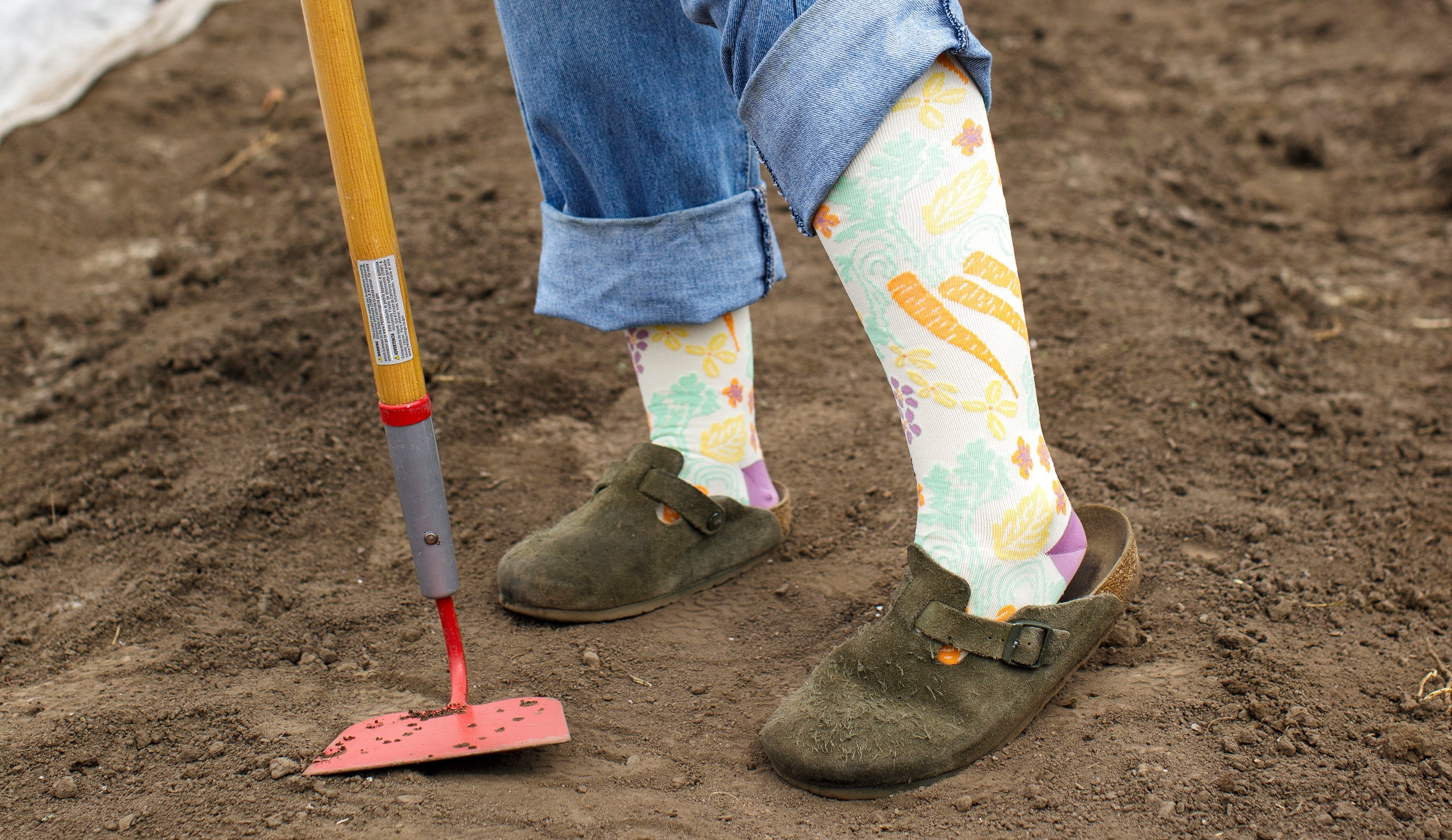
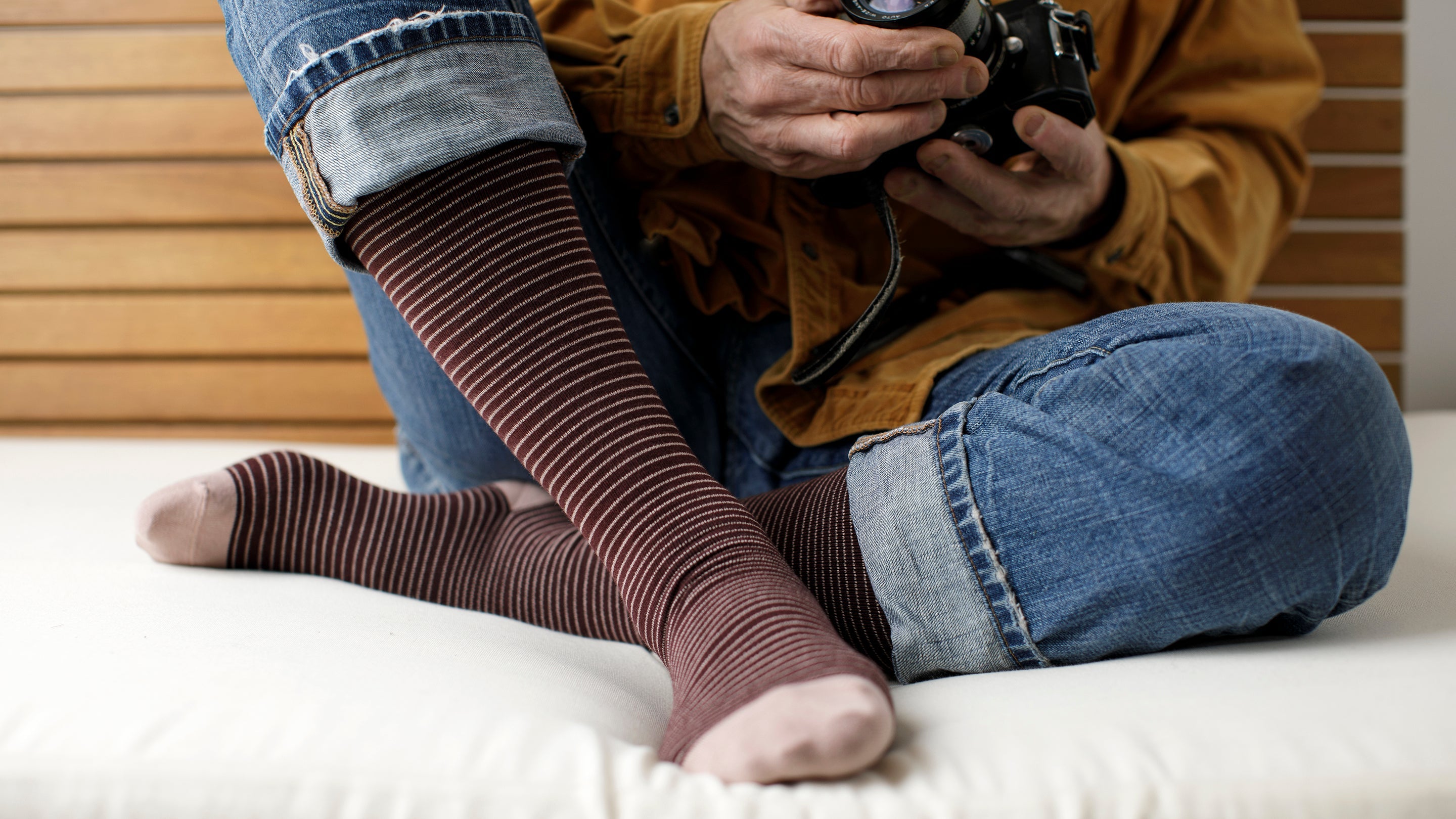
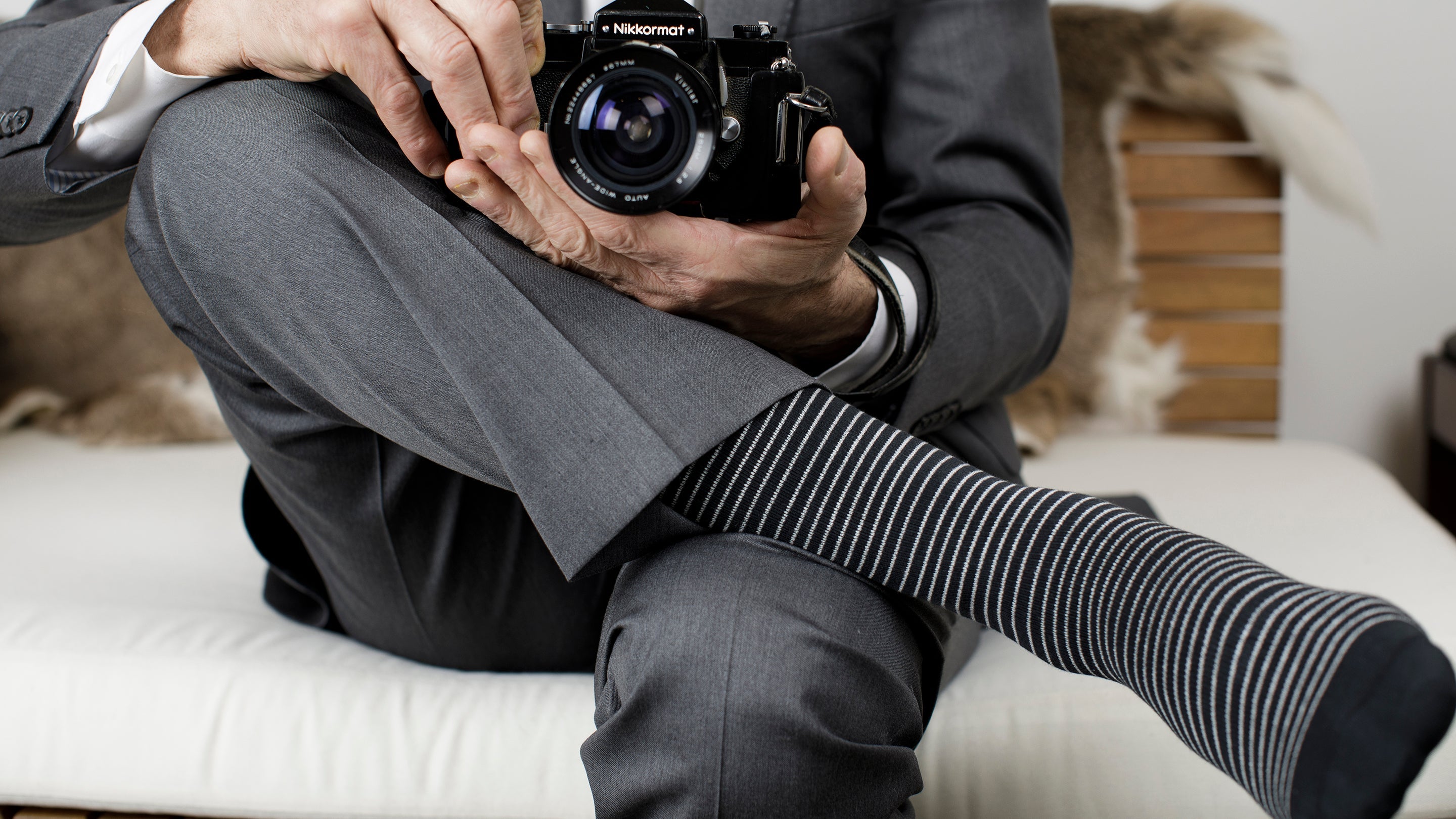


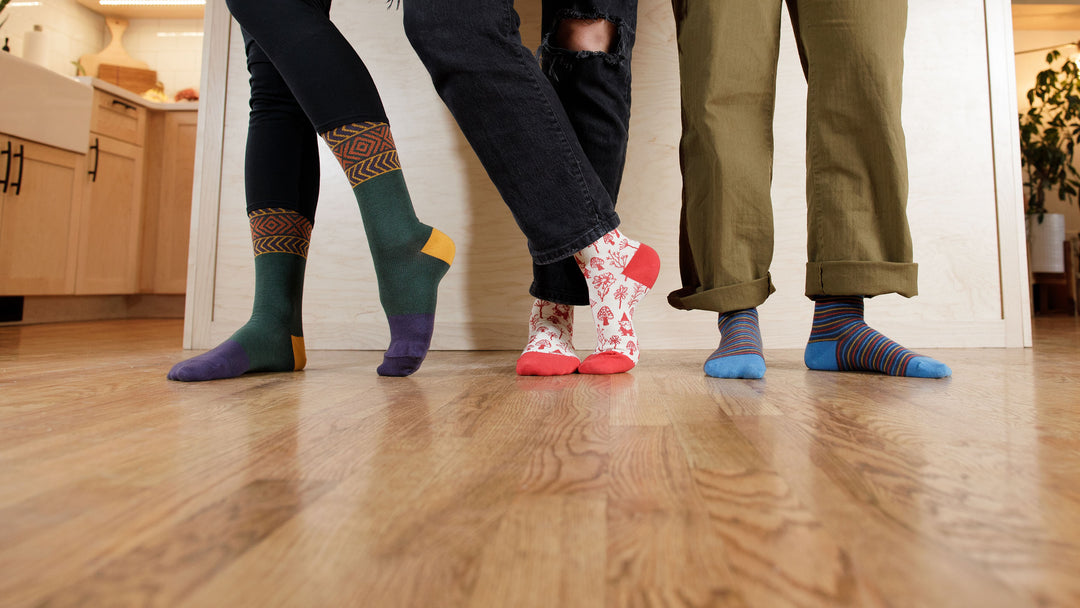

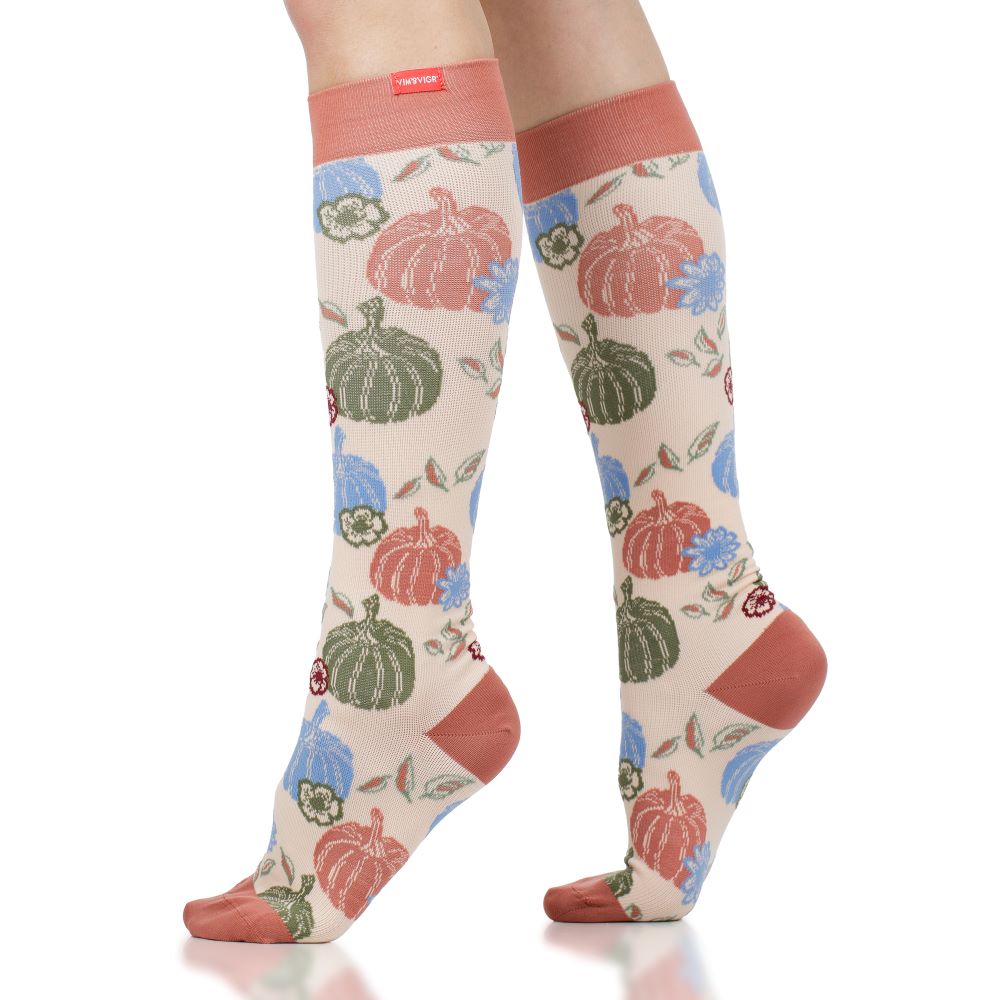
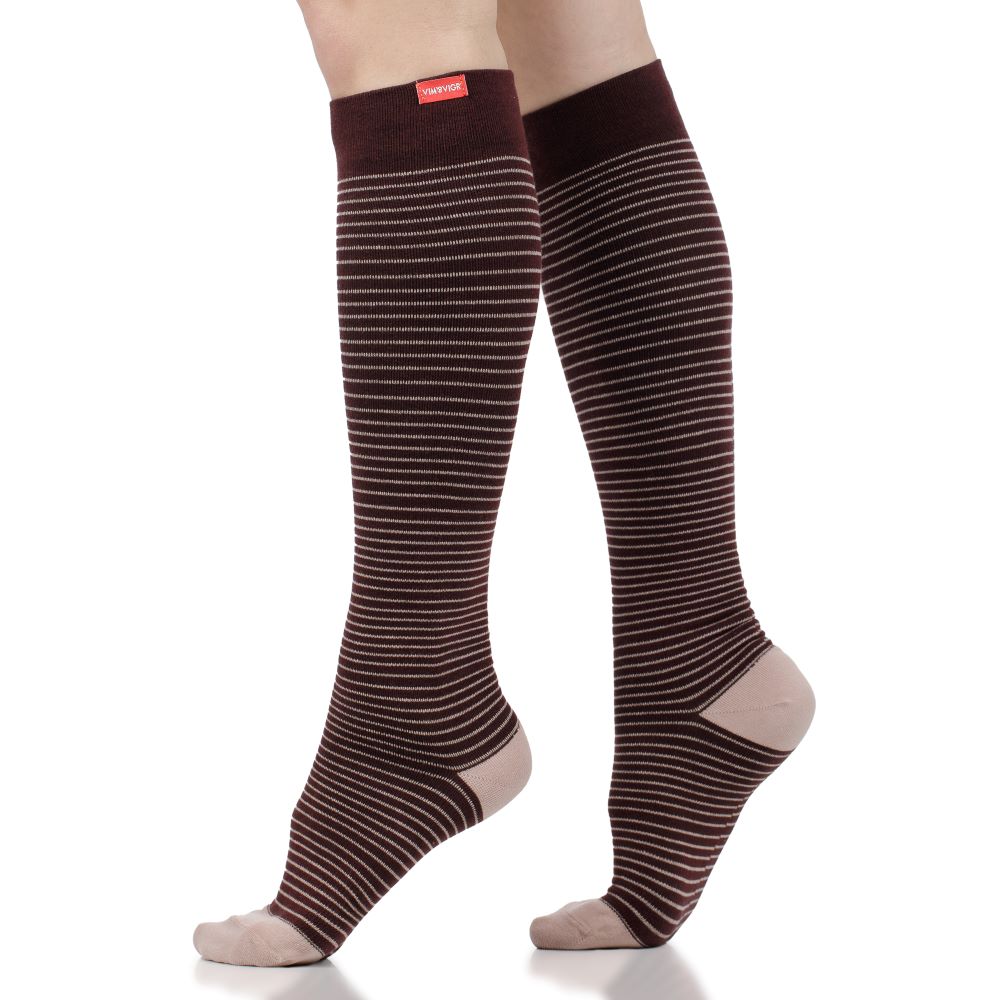
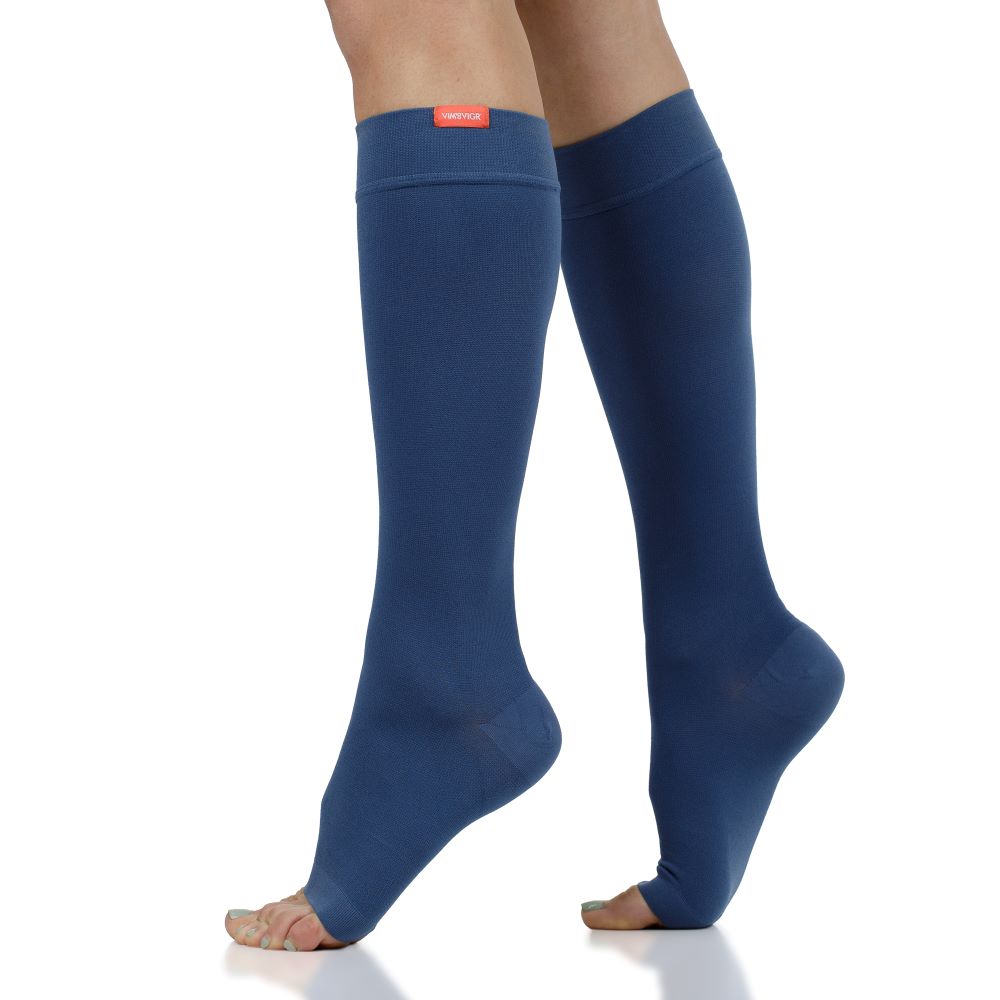



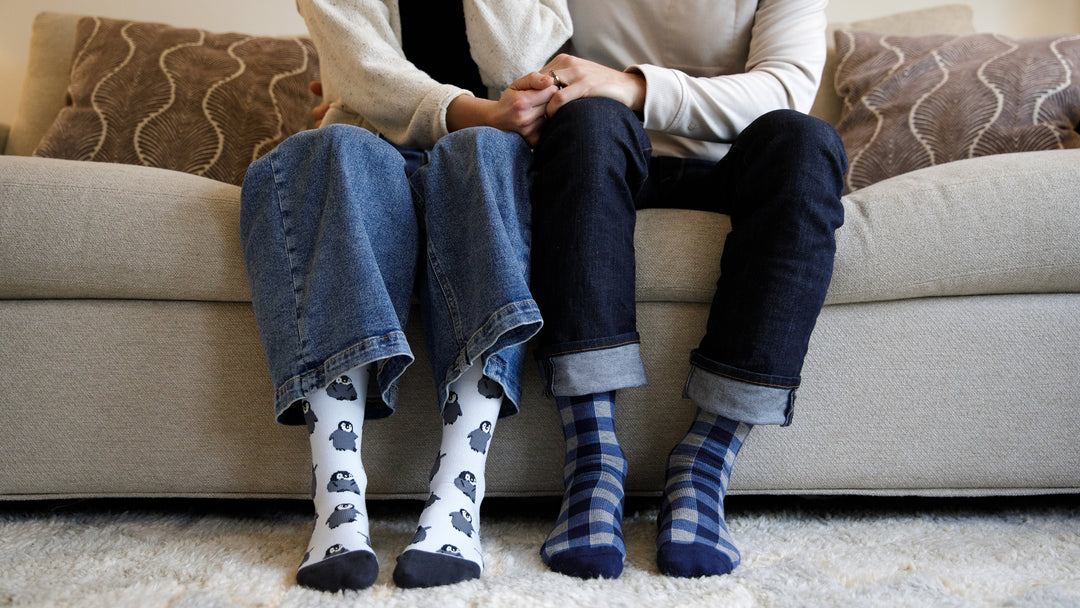
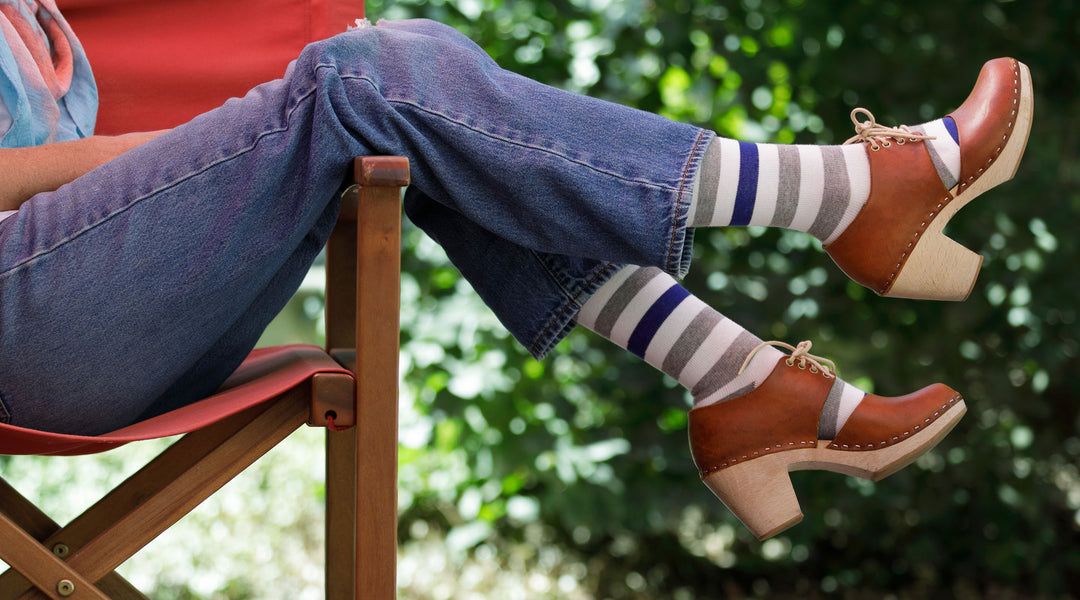
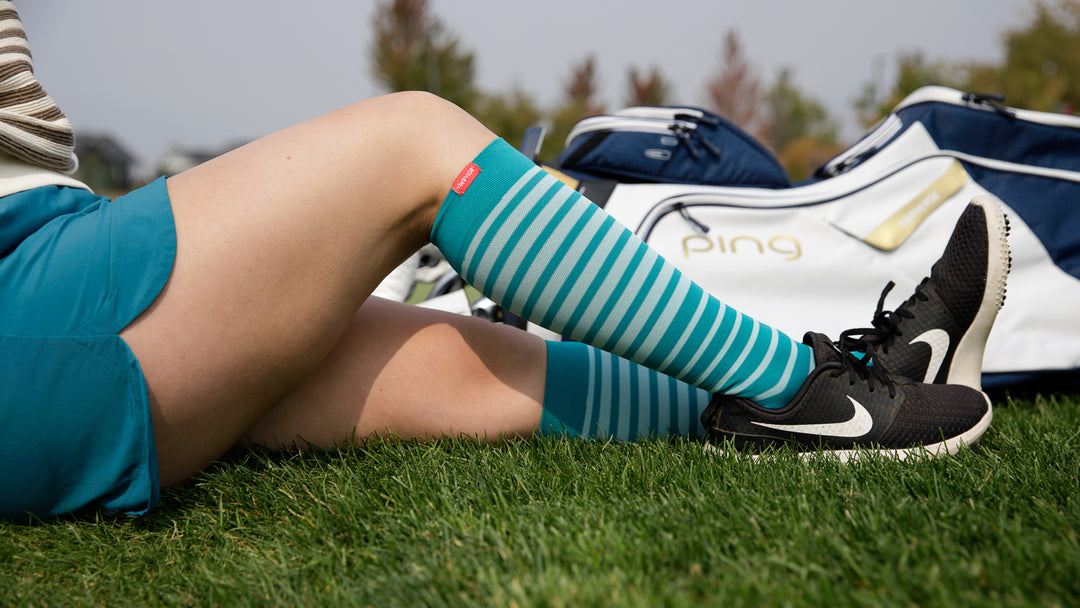
Leave a comment